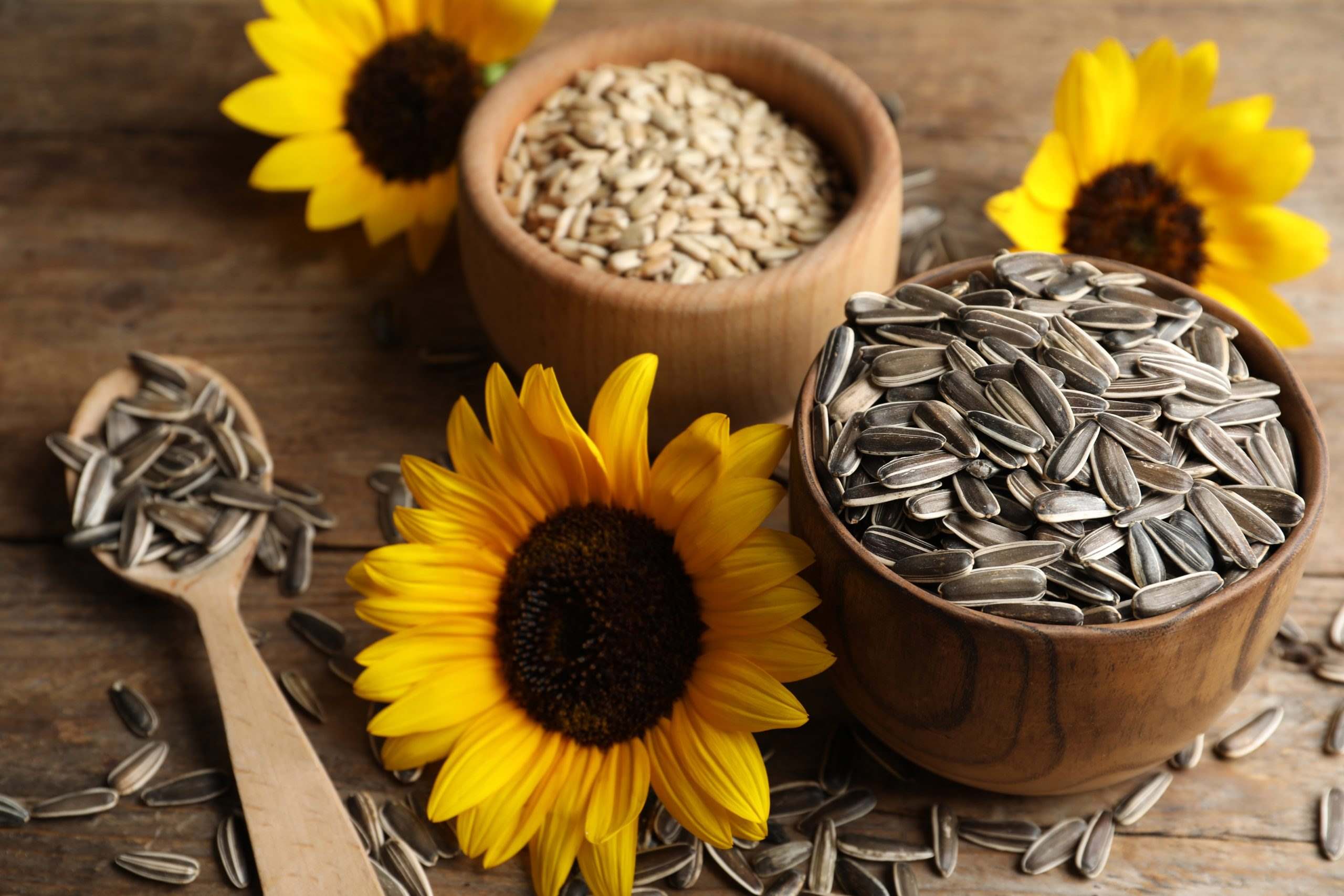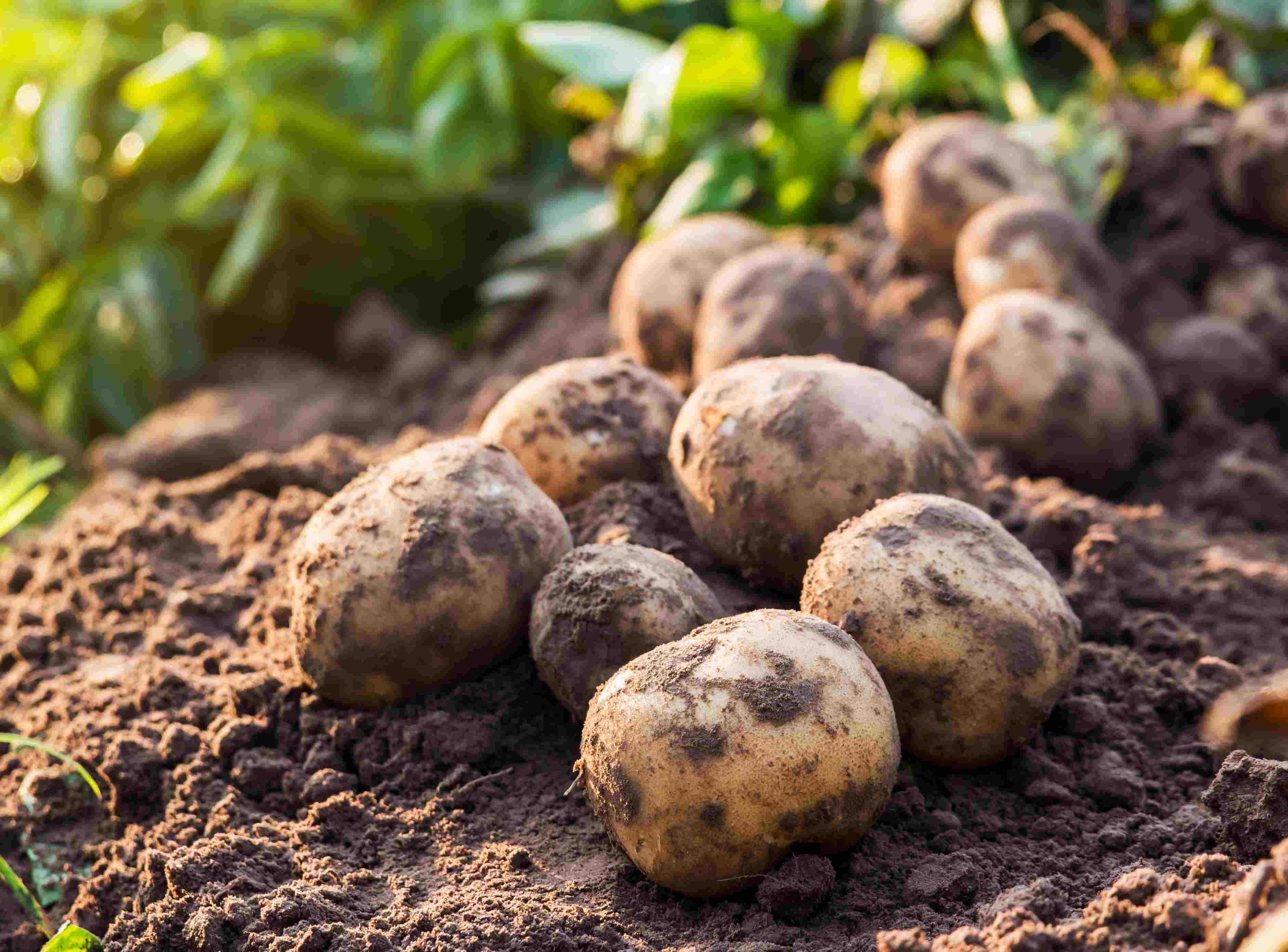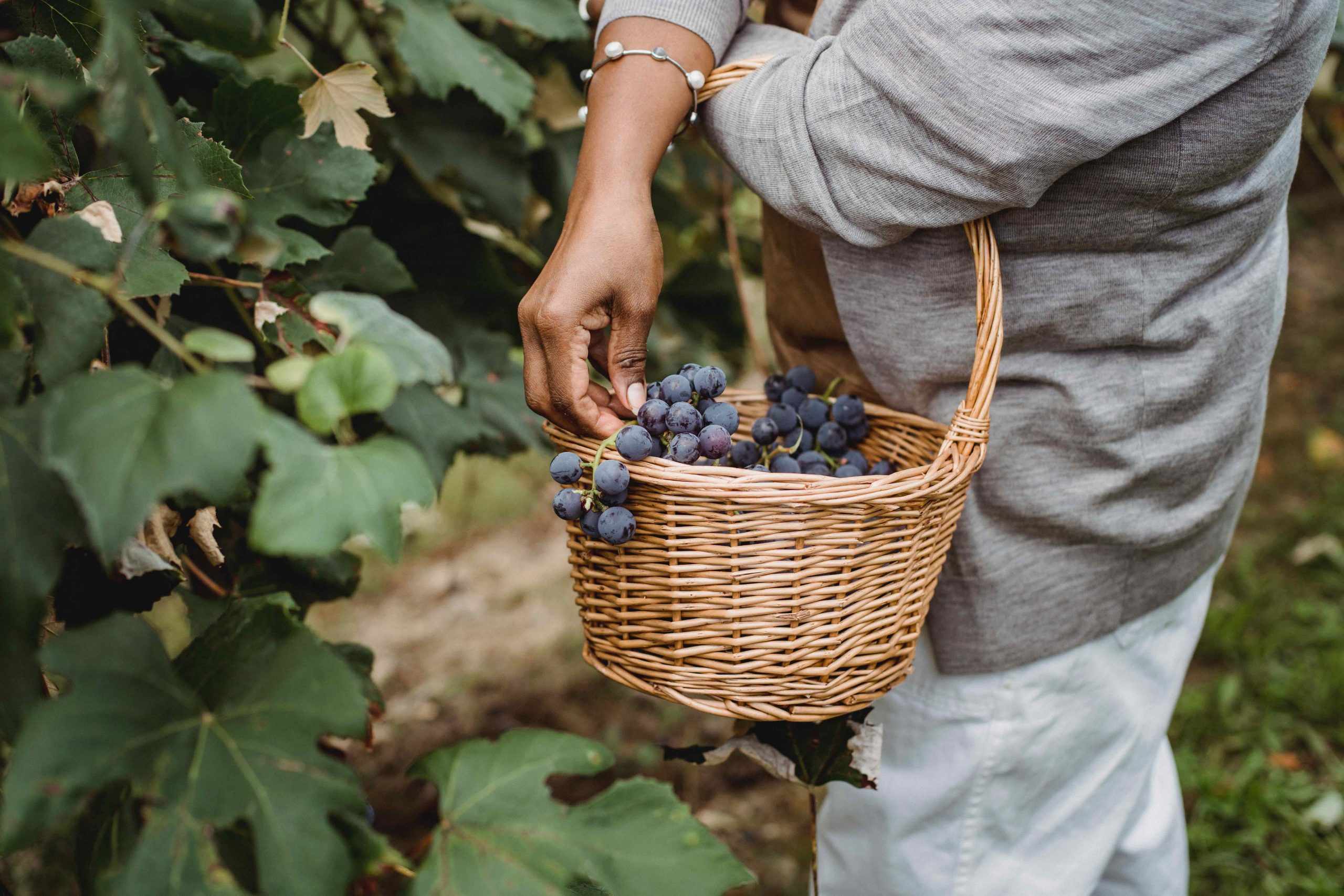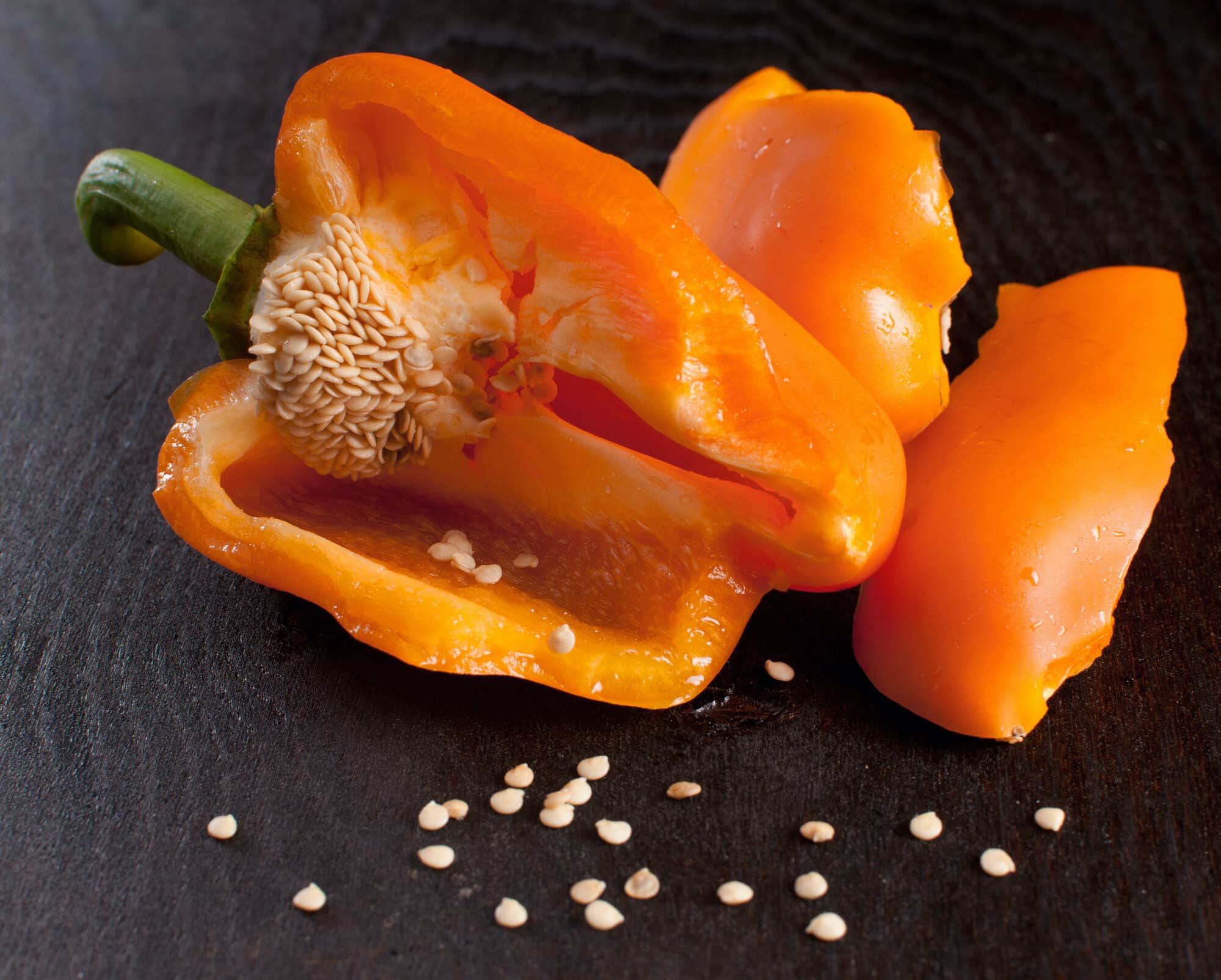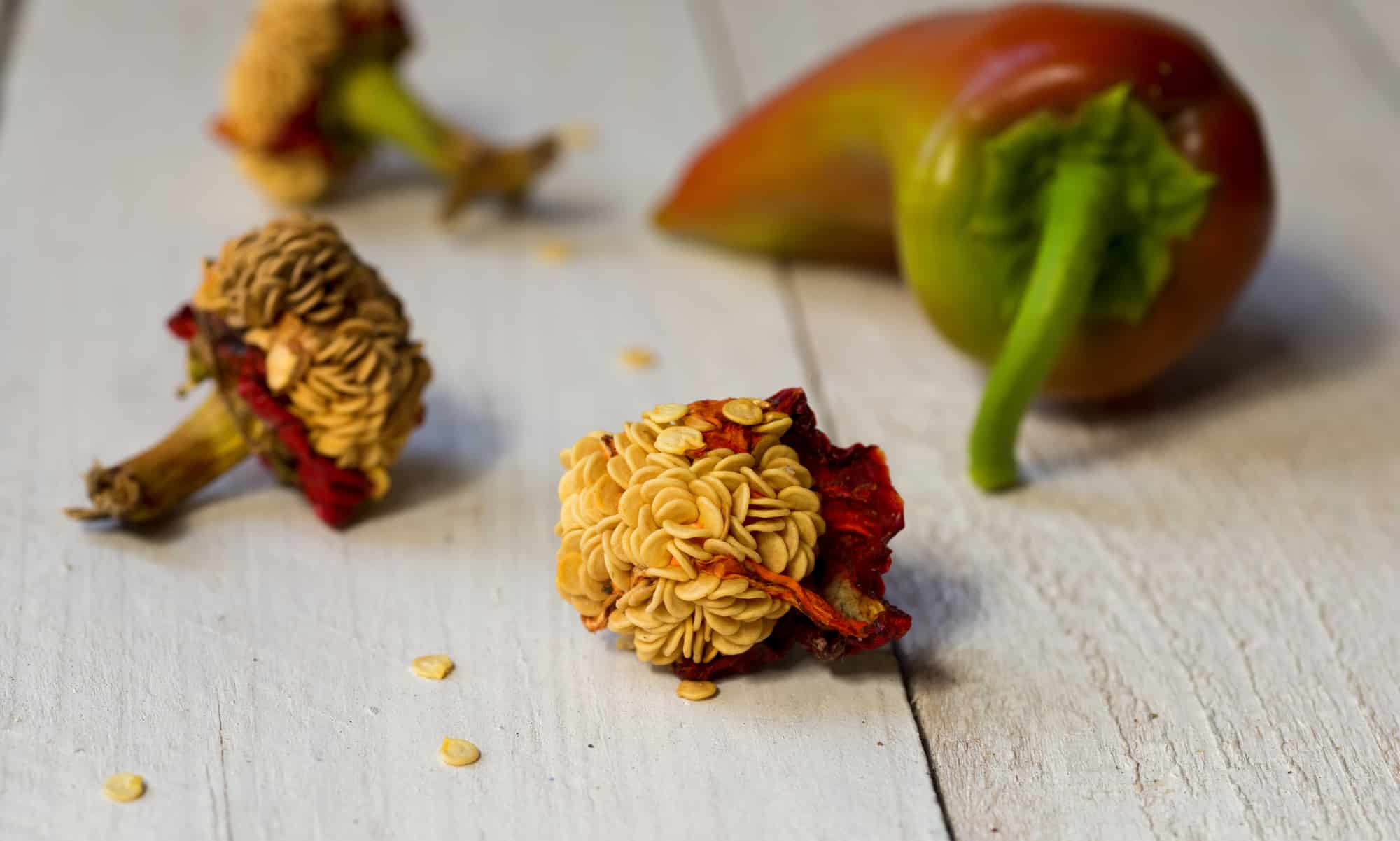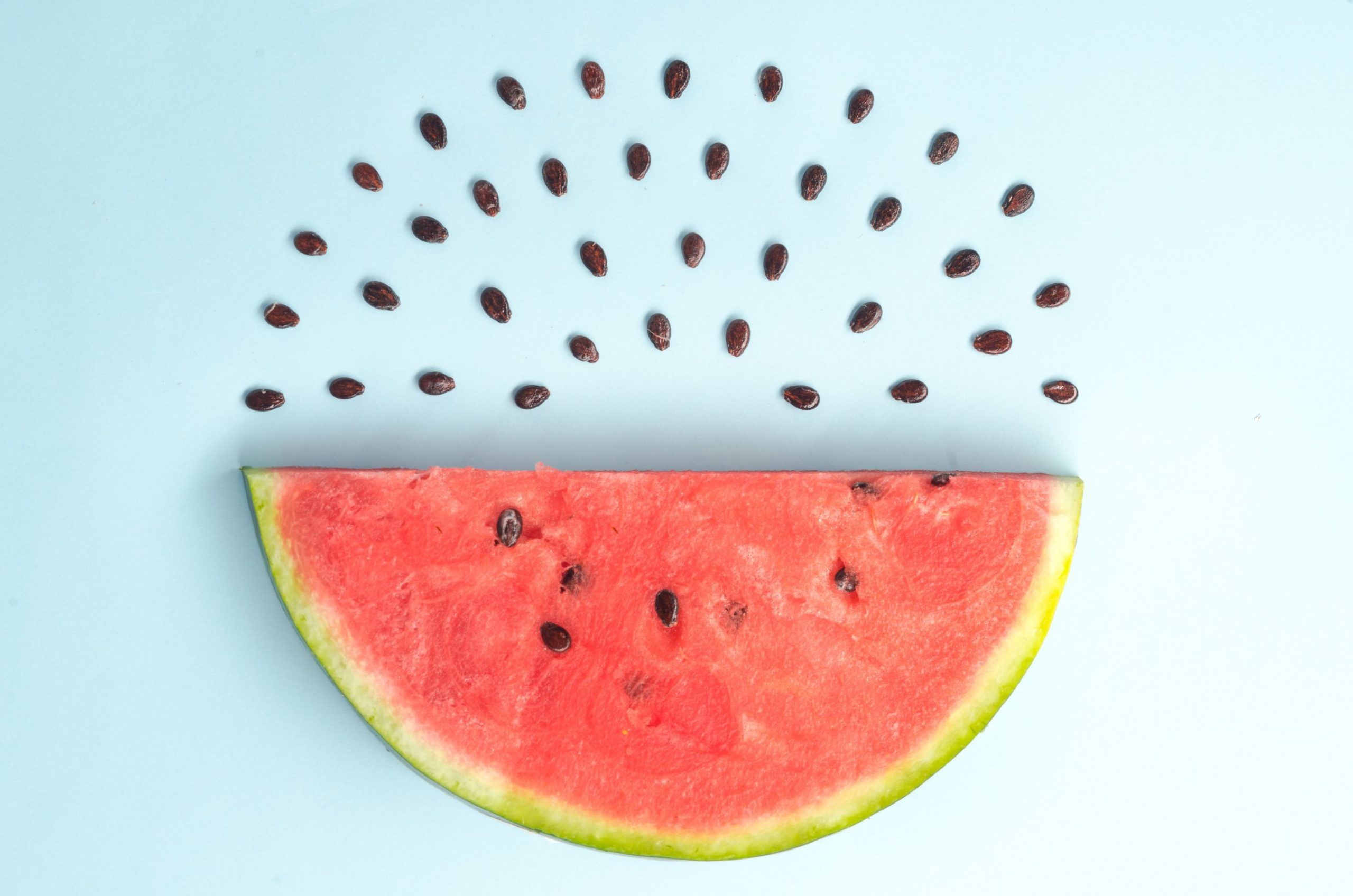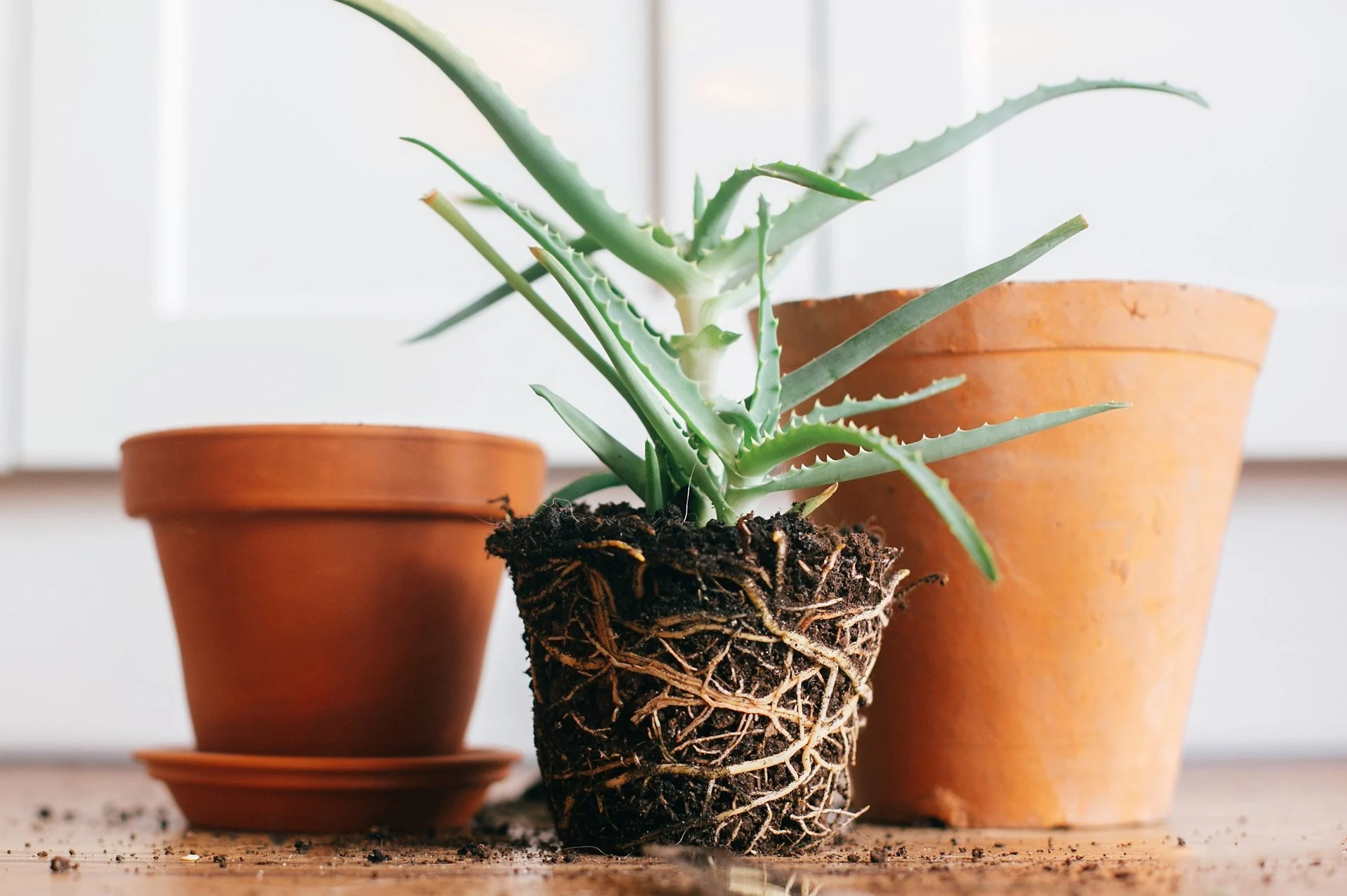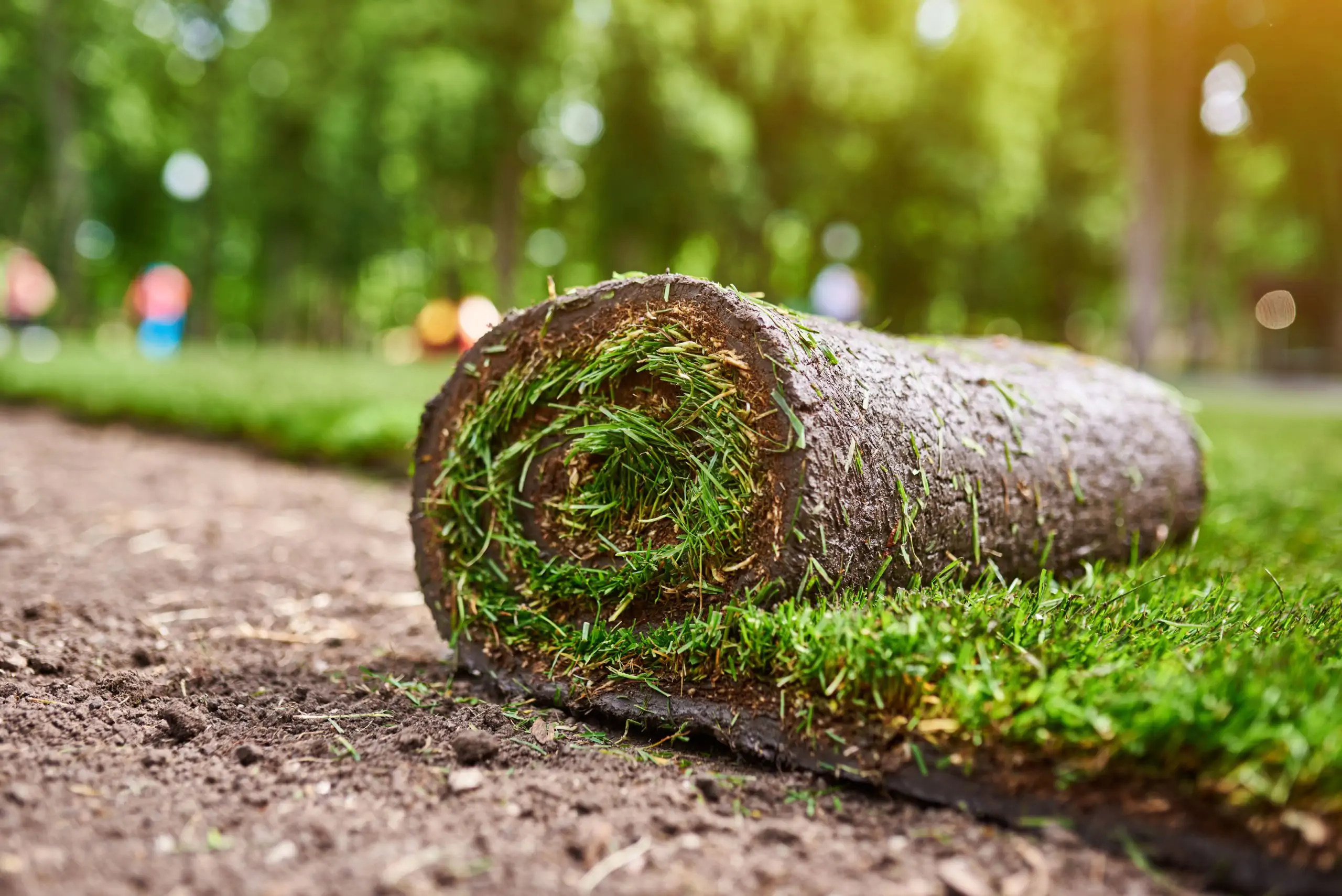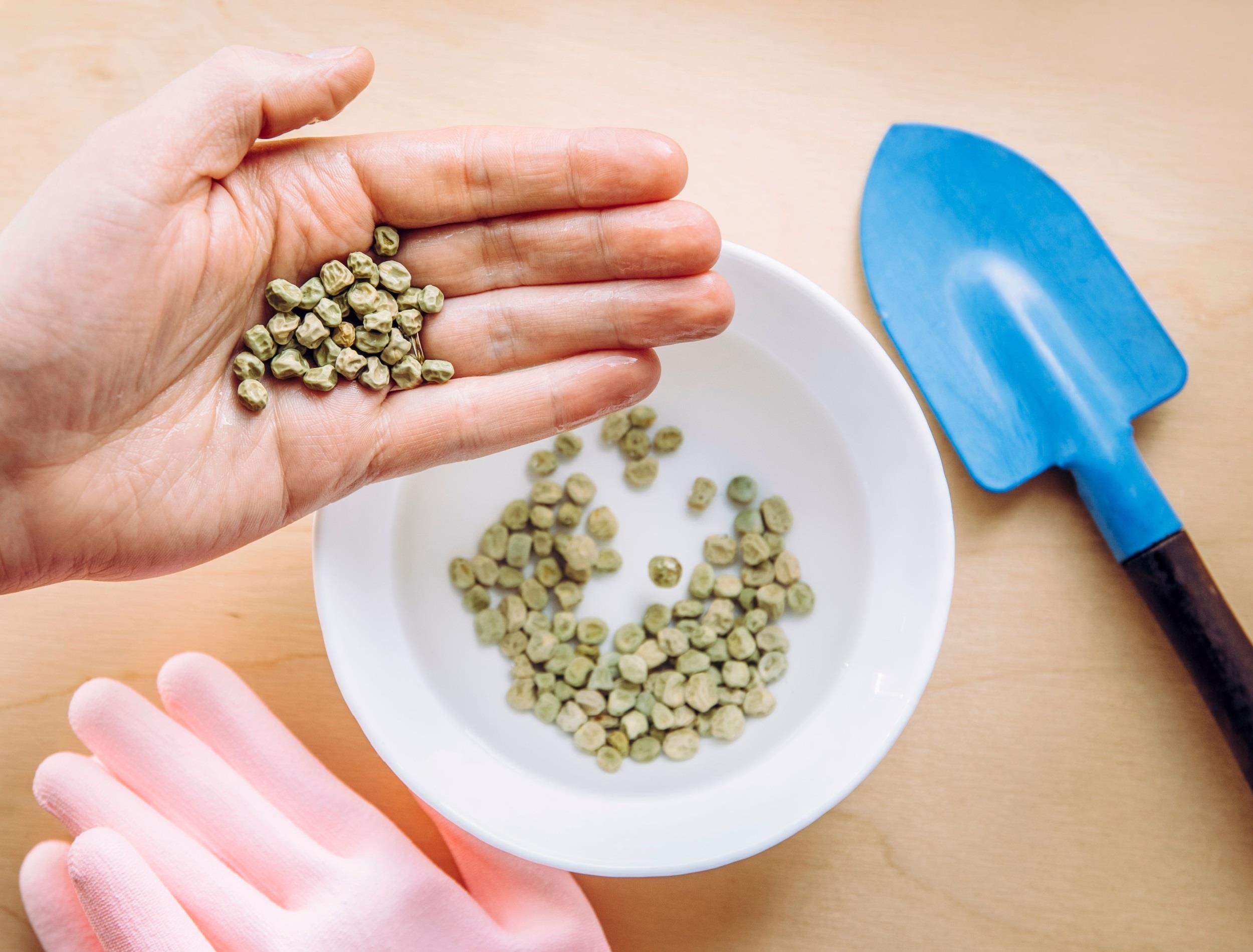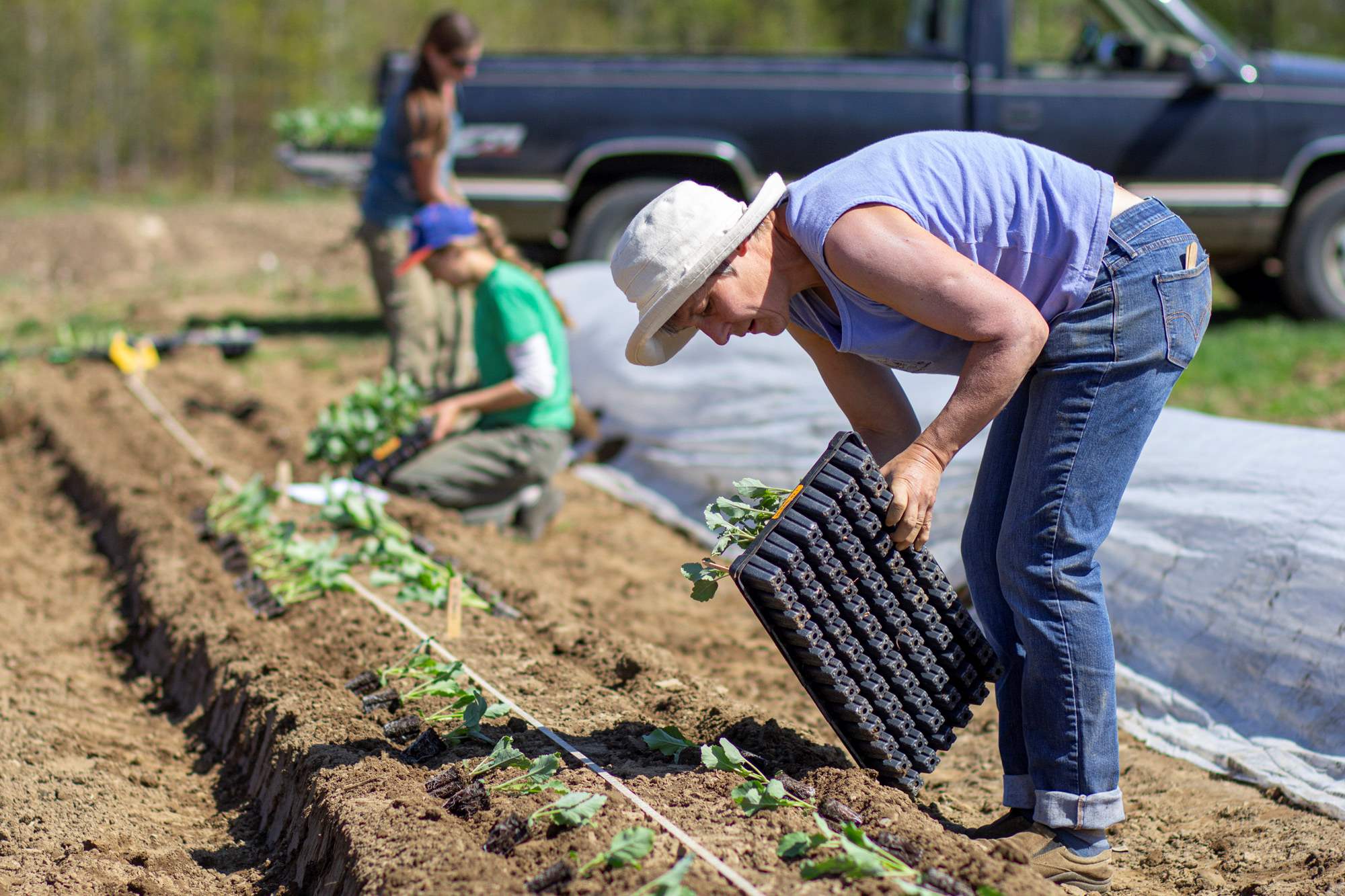Home>Gardening Basics>Getting Started>How Long To Dry Papaya Seeds Before Planting
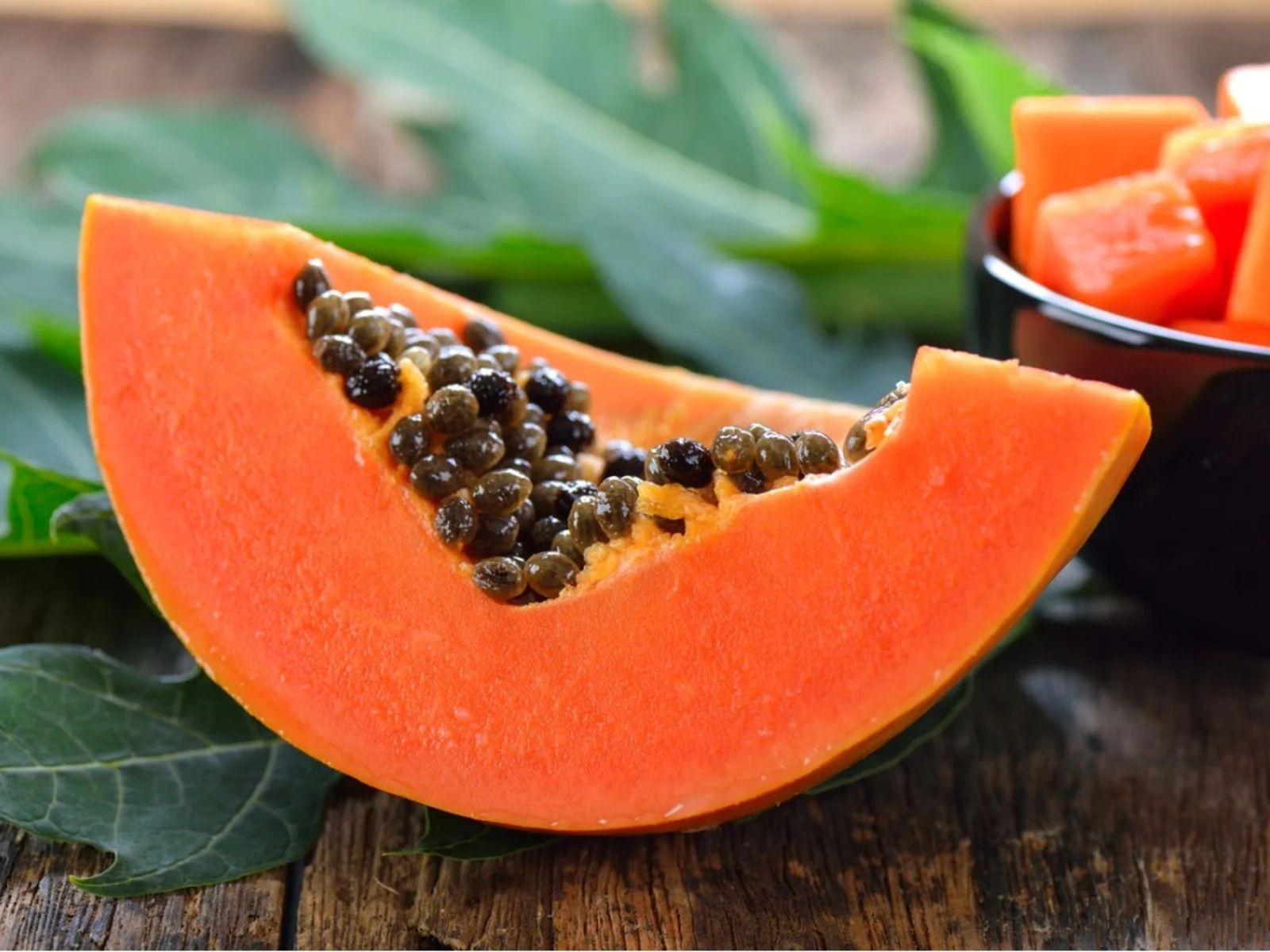

Getting Started
How Long To Dry Papaya Seeds Before Planting
Modified: January 22, 2024
Learn how long you should dry papaya seeds before planting them. Get started with growing your own papaya tree successfully.
(Many of the links in this article redirect to a specific reviewed product. Your purchase of these products through affiliate links helps to generate commission for Chicagolandgardening.com, at no extra cost. Learn more)
Table of Contents
Introduction
Welcome to the world of papaya cultivation! If you’re wondering how to get started, one of the most important steps is understanding the process of drying papaya seeds before planting. Drying the seeds not only ensures better germination rates but also helps to maintain their viability over a longer period.
Papaya, also known as Carica papaya, is a tropical fruit that is delicious and packed with numerous health benefits. It’s no wonder that many gardening enthusiasts and farmers are interested in growing their own papaya trees. However, before you can embark on this exciting journey, it’s essential to learn about the proper drying techniques for papaya seeds.
Drying papaya seeds before planting serves several crucial purposes. Firstly, it removes excess moisture from the seeds, preventing fungal growth and rot during the germination process. Secondly, it extends the shelf life of the seeds, allowing you to store them for future use. Lastly, the drying process enhances the seed’s dormancy breaking capabilities, resulting in faster and more uniform germination.
Although drying papaya seeds may seem simple, it’s essential to follow the correct procedures to ensure success. This article will guide you through the importance of drying papaya seeds before planting, factors affecting drying time, recommended drying periods, methods of drying, signs of properly dried seeds, and common mistakes to avoid. By the end, you’ll be equipped with the knowledge to dry papaya seeds effectively and embark on your own papaya growing adventure!
Importance of Drying Papaya Seeds Before Planting
Drying papaya seeds before planting is an essential step in the cultivation process. It plays a vital role in ensuring successful germination and healthy seedlings. Let’s delve into the reasons why drying papaya seeds is so important:
- Preventing fungal growth: Papaya seeds are rich in moisture, which can make them susceptible to fungal diseases. By drying the seeds, excess moisture is removed, creating an unfavorable environment for fungal growth. This helps to minimize the risk of seedling diseases and improves the overall health of the young plants.
- Enhancing seed dormancy breaking: Papaya seeds have a natural dormancy period, where they remain inactive and do not germinate immediately after being harvested. Drying the seeds aids in breaking this dormancy, enabling the embryo to prepare for germination. This results in more uniform germination and a higher success rate for seedlings.
- Extending seed viability: Properly dried papaya seeds have an extended shelf life. They can be stored for a longer period without losing their viability. This is particularly beneficial for growers who want to save seeds for future plantings or who would like to share seeds with other enthusiasts.
- Improving germination rates: Drying papaya seeds before planting increases the chances of successful germination. The removal of excess moisture allows the seeds to absorb water more efficiently during the germination process. This results in faster and more uniform germination rates, leading to stronger and healthier plants.
- Ensuring seedling vigor: By drying the seeds, any potential pathogens or pests present on the seed surface are minimized. This helps to ensure that the resulting seedlings are healthy and free from diseases that can hinder their growth and development.
Overall, drying papaya seeds before planting is crucial for creating optimal conditions for germination and seedling growth. It not only helps to prevent fungal diseases and enhance seed dormancy breaking but also extends seed viability and improves germination rates. By taking the time to properly dry your papaya seeds, you are setting the stage for a successful and rewarding papaya growing experience.
Factors Affecting Drying Time
The time it takes for papaya seeds to dry can vary depending on several factors. Understanding these factors can help you determine the optimal drying conditions for your seeds. Here are some key factors that influence the drying time of papaya seeds:
- Seed moisture content: The initial moisture content of the seeds is a crucial factor in determining drying time. Seeds with higher moisture content will take longer to dry compared to seeds with lower moisture content.
- Ambient humidity: The humidity level in the drying environment can significantly affect the drying time of papaya seeds. High humidity slows down the drying process, as the seeds will absorb moisture from the surrounding air. In contrast, low humidity speeds up the drying process.
- Ambient temperature: The temperature of the drying environment plays a role in the drying time of papaya seeds. Higher temperatures facilitate faster moisture evaporation, leading to shorter drying times. However, it’s important to avoid extremely high temperatures, as they can damage the seeds.
- Air circulation: Proper air circulation is essential for efficient drying. Good ventilation ensures that the moist air is replaced with drier air, speeding up the evaporation process. Insufficient air circulation can prolong the drying time and increase the risk of fungal growth.
- Seed size and thickness: The size and thickness of papaya seeds can impact drying time. Larger and thicker seeds generally take longer to dry compared to smaller and thinner seeds. This is because the moisture needs more time to evaporate from the interior of the seed.
- Drying method: The method used for drying papaya seeds can also influence drying time. Common methods include air drying, using a dehydrator, or placing the seeds in an oven. Each method may have different drying rates based on the intensity of heat and air circulation.
It’s important to consider these factors when drying papaya seeds to ensure optimal results. By controlling the moisture content, ambient humidity, temperature, air circulation, and drying method, you can significantly impact the drying time and achieve properly dried seeds. Monitoring these factors and making adjustments as needed will help you achieve the best outcome for your papaya seeds.
Recommended Drying Period for Papaya Seeds
The drying period for papaya seeds is an important aspect of the seed preparation process. It determines how long the seeds should be exposed to the drying conditions to achieve the desired moisture content. While the exact drying time may vary depending on factors such as seed moisture content and drying environment, there are general guidelines to follow. Here are the recommended drying periods for papaya seeds:
1. Air drying: Air drying is a common method used to dry papaya seeds naturally. It involves spreading the seeds in a well-ventilated area with good airflow. For this method, it is generally recommended to allow the seeds to dry for around 7 to 10 days. During this time, the moisture content of the seeds will gradually reduce, making them suitable for planting.
2. Using a dehydrator: A dehydrator provides controlled heat and airflow, which can speed up the drying process. When using a dehydrator, set the temperature to around 100°F (38°C) and allow the seeds to dry for approximately 4 to 6 hours. However, it is crucial to monitor the seeds closely to prevent overheating, which can damage their viability.
3. Oven drying: Oven drying can be an effective method for drying papaya seeds, especially if you need to reduce the drying time. Preheat the oven to a low temperature, around 130-150°F (54-66°C), and place the seeds on a baking sheet lined with parchment paper. Let them dry for about 2 to 3 hours, checking regularly to avoid over-drying.
It is important to note that the drying time mentioned above is a general guideline, and slight adjustments may be necessary based on specific conditions. While drying the seeds, closely monitor their moisture content and adjust the drying period accordingly. Seeds should be dried until their moisture content reaches a recommended level of 8-10% for optimal storage and germination.
By following these recommended drying periods and regularly checking the moisture content of the seeds, you can ensure that your papaya seeds are properly dried and ready for successful germination. This will give you the best chances of growing healthy papaya plants from your seeds.
Methods for Drying Papaya Seeds
There are several methods you can use to dry papaya seeds effectively. The choice of method depends on your available resources, time constraints, and personal preferences. Here are some common methods for drying papaya seeds:
- Air drying: Air drying is the most natural and straightforward method for drying papaya seeds. Start by scooping out the seeds from a ripe papaya fruit. Remove any fruit pulp or debris from the seeds and spread them out on a clean tray or a mesh screen. Place the tray or screen in a well-ventilated area, away from direct sunlight and humidity. Allow the seeds to air dry for about 7 to 10 days, turning them occasionally to ensure even drying. This method is simple and requires minimal equipment.
- Dehydrator: Using a food dehydrator is a convenient method for drying papaya seeds, especially if you want to speed up the process. After cleaning the seeds, spread them evenly on the dehydrator trays, leaving some space between the seeds for air circulation. Set the dehydrator temperature to around 100°F (38°C) and let the seeds dry for approximately 4 to 6 hours. Keep an eye on the seeds to prevent overheating and ensure they are not over-dried. This method is great for those who want precise control over the drying conditions.
- Oven drying: If you don’t have a dehydrator, you can use your oven to dry papaya seeds. Preheat the oven to a low temperature, around 130-150°F (54-66°C). Spread the cleaned seeds on a baking sheet lined with parchment paper, ensuring they are in a single layer. Place the baking sheet in the preheated oven and leave the oven door slightly ajar to allow proper airflow. Let the seeds dry for about 2 to 3 hours, checking them regularly to avoid over-drying. This method is quick and efficient, but it requires careful monitoring to prevent overheating.
- Silica gel: Silica gel is a desiccant that can help in drying papaya seeds. Place the cleaned seeds in a clean, airtight container and add a layer of silica gel at the bottom. Ensure that the seeds do not come into direct contact with the gel. Close the container tightly and leave it undisturbed for about a week. Silica gel will absorb the moisture from the seeds, drying them effectively. This method requires the use of silica gel packets or loose silica gel, and it is suitable for those who want a controlled drying environment.
Choose the drying method that suits your needs and resources. Regardless of the method you choose, ensure that the drying environment is well-ventilated and free from excess humidity. Proper drying will help preserve the quality and viability of the papaya seeds, leading to successful germination and healthy plants.
Signs of Properly Dried Papaya Seeds
Properly dried papaya seeds exhibit certain signs that indicate they are ready for planting. These signs reflect the removal of excess moisture and optimal drying conditions. Here are the signs to look for when determining if papaya seeds are properly dried:
- Uniform color: Dried papaya seeds will have a consistent color throughout. They may appear slightly darker than when they were fresh, ranging from light brown to dark brown. The seeds should not have any visible moisture or dampness on their surface.
- Firm texture: Properly dried papaya seeds will feel firm and solid to the touch. They should not be mushy, soft, or have any signs of moisture when pressed. A firm texture indicates that the excess moisture has been successfully removed through the drying process.
- Audible rattle: When dried, papaya seeds will make a rattling sound when shaken. This indicates that the seeds are dry and do not contain any remaining moisture. If you hear a dull or muffled sound when shaking the seeds, it may indicate that they are not fully dried and require further drying.
- No mold or fungal growth: Properly dried papaya seeds should not have any signs of mold, fungal growth, or discoloration. The drying process helps to eliminate excess moisture, preventing the development of mold or the growth of fungi that can compromise seed viability and germination.
- Easy handling and storing: Dried papaya seeds are easy to handle and store. They should not stick together or clump when touched. Properly dried seeds have a lower moisture content, reducing the risk of spoilage and allowing for easy separation and storage.
It is important to note that the signs of properly dried papaya seeds may vary slightly depending on the specific drying method used. For example, seeds dried using air drying may have a slightly different appearance than seeds dried using a dehydrator or oven. However, the key indicators – uniform color, firm texture, audible rattle, absence of mold, and ease of handling and storing – can be applied to determine the readiness of dried papaya seeds, regardless of the specific drying method used.
By paying attention to these signs, you can ensure that your papaya seeds are properly dried and ready for planting. Properly dried seeds have improved germination rates and higher chances of producing healthy and vigorous papaya plants.
Common Mistakes to Avoid During Seed Drying
Drying papaya seeds may seem like a simple process, but there are some common mistakes that can impact the quality and viability of the seeds. By being aware of these mistakes, you can ensure a successful seed drying experience. Here are some common mistakes to avoid during papaya seed drying:
- Insufficient drying time: One of the most common mistakes is not allowing enough time for the seeds to dry thoroughly. Rushing the drying process can result in seeds with higher moisture content, increasing the risk of mold growth and reduced germination rates. It’s important to follow the recommended drying periods and check for the signs of proper drying before considering the seeds ready for storage or planting.
- Inadequate air circulation: Proper air circulation is crucial for effective seed drying. Placing the seeds in a poorly ventilated area can prolong the drying time and increase the chances of mold or fungal growth. Make sure to spread the seeds in an area with good airflow or use methods like a dehydrator or oven with appropriate ventilation to ensure proper drying conditions.
- High temperatures: Exposing the seeds to high temperatures during drying can lead to decreased seed viability. Seeds that are subjected to excessive heat may become damaged or lose their ability to germinate. It is essential to choose a drying method that provides gentle heat and avoids extreme temperatures.
- Incorrect storage: After drying the seeds, it’s important to store them properly to maintain their viability. Storing seeds in an environment that is too humid or warm can cause them to regain moisture and potentially lead to fungal growth. Use airtight containers or seed packets and store them in a cool, dry, and dark place to preserve their quality.
- Using seeds with high moisture content: Starting the drying process with seeds that have a high moisture content can hinder the effectiveness of the drying process. It is essential to allow freshly harvested seeds to air dry for a short period before proceeding with the recommended drying methods. This initial drying stage helps to reduce moisture content and prepare them for further drying.
By avoiding these common mistakes, you can ensure a successful papaya seed drying process. Taking the necessary time and care during the drying process will result in properly dried seeds with improved germination rates and better chances of producing healthy and vigorous papaya plants.
Conclusion
Drying papaya seeds before planting is a critical step in the cultivation process. By properly drying the seeds, you enhance their germination rates, preserve their viability, and promote the growth of healthy papaya plants. Understanding the importance of drying, as well as the factors that affect drying time, is essential in achieving optimal results.
There are various methods available for drying papaya seeds, including air drying, using a dehydrator, and oven drying. Each method offers its own advantages and allows for control over the drying conditions. Whichever method you choose, ensure that the drying environment has adequate air circulation and avoids high temperatures that may damage the seeds.
Properly dried papaya seeds exhibit certain signs, such as a uniform color, firm texture, audible rattle, absence of mold, and ease of handling and storing. These signs indicate that the moisture has been effectively removed, making the seeds ready for planting. By paying attention to these signs, you can ensure that your seeds have the best chances of germination and producing robust plants.
Avoiding common mistakes during the seed drying process is crucial. Make sure to give the seeds sufficient drying time, provide adequate air circulation, avoid exposing them to high temperatures, store them correctly, and start with seeds that have a lower moisture content. These precautions will help maintain the quality and viability of the seeds throughout the drying process.
In conclusion, understanding and implementing the proper techniques for drying papaya seeds will set the stage for successful papaya cultivation. By taking the time to dry the seeds effectively, you are ensuring better germination rates, healthier plants, and the potential for a bountiful papaya harvest.
